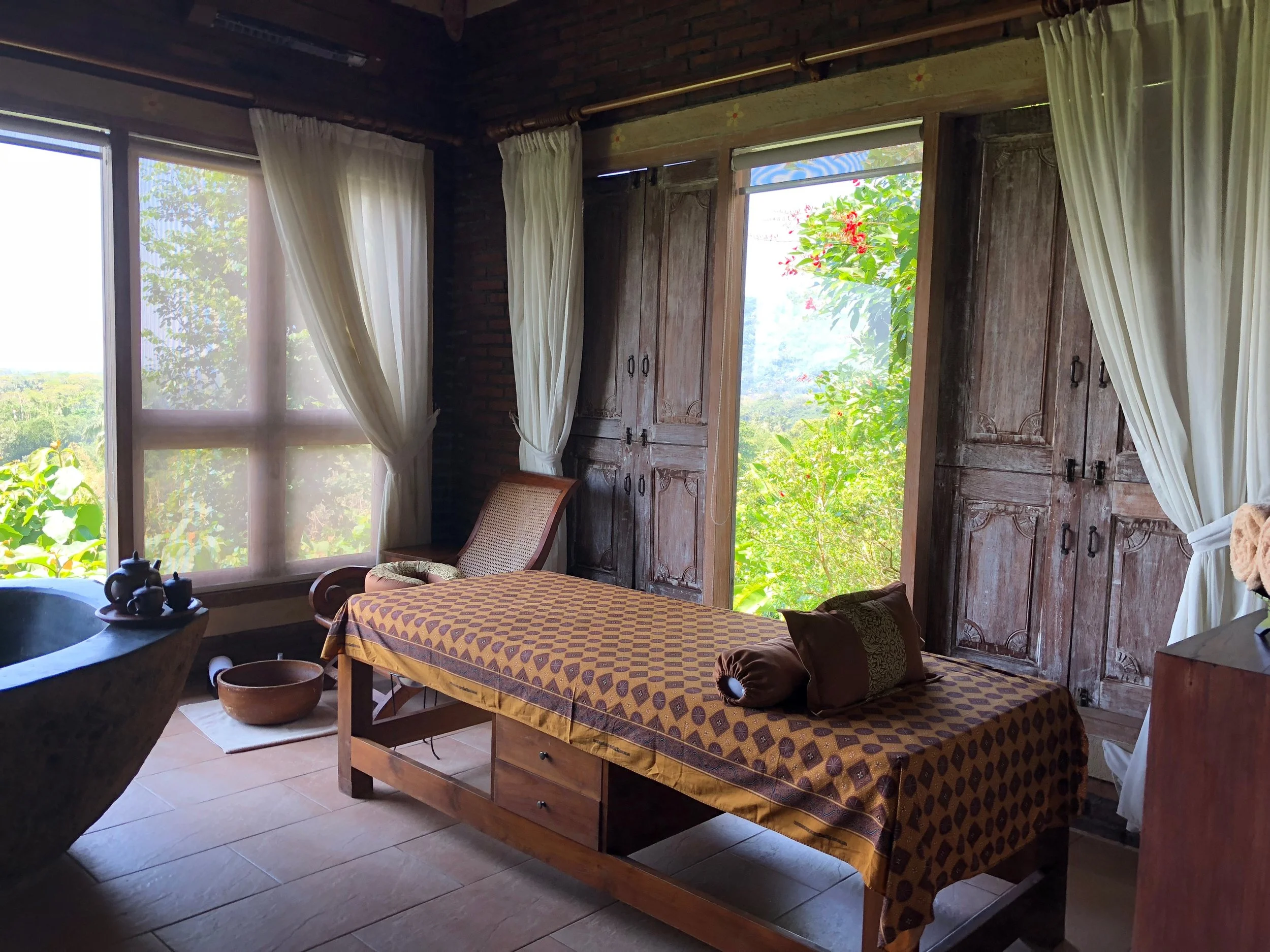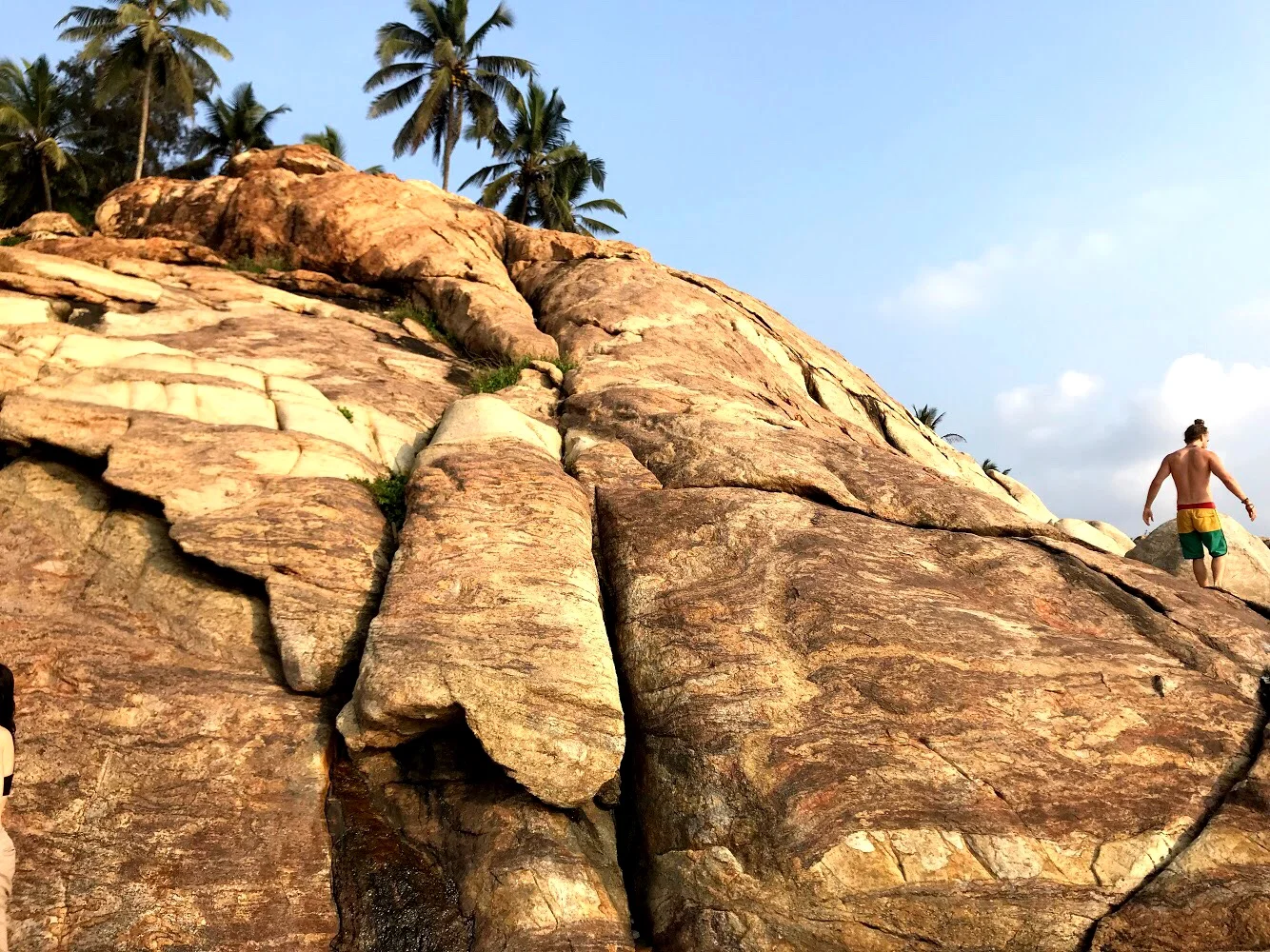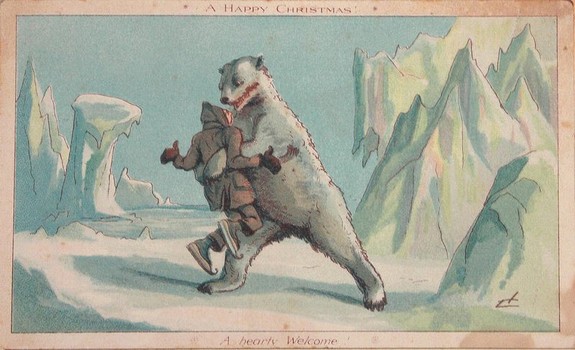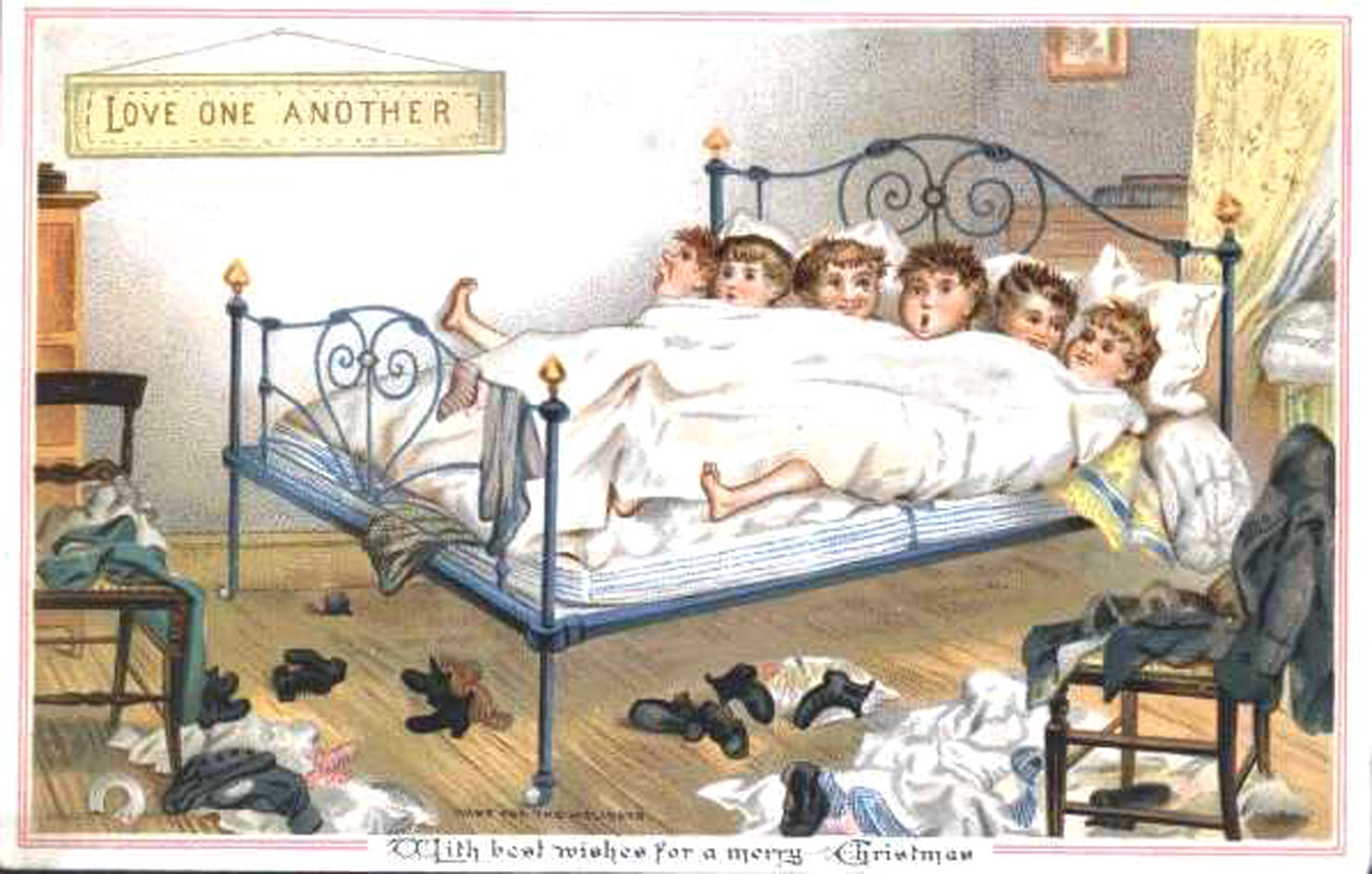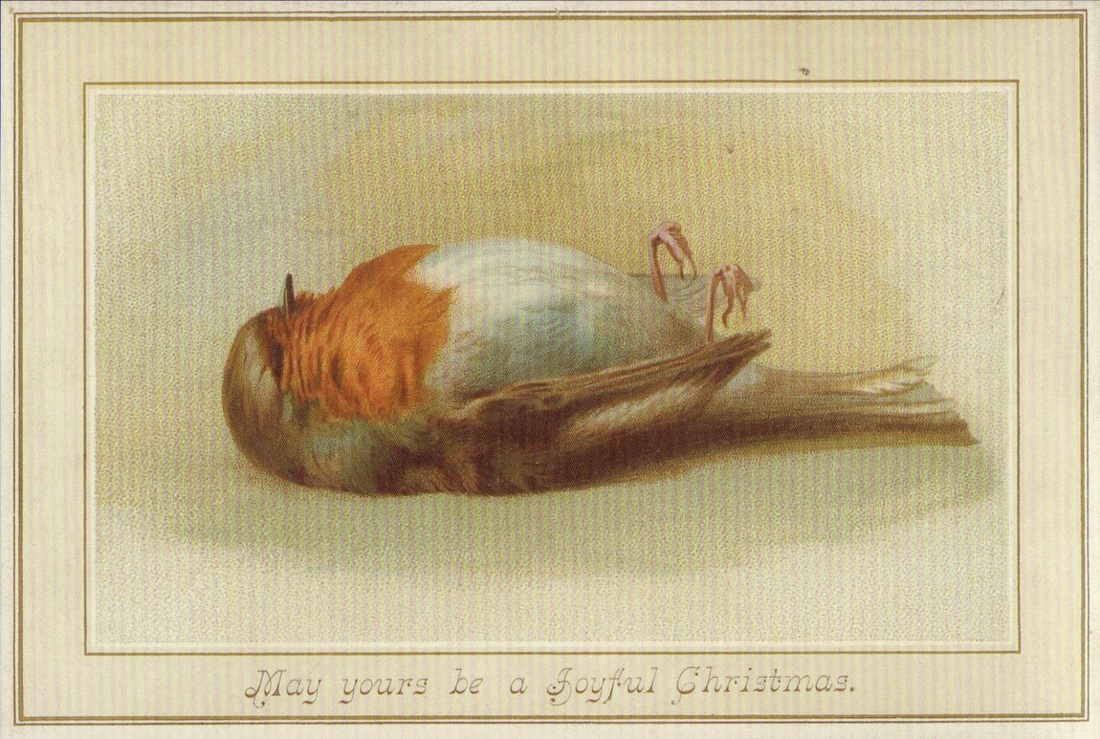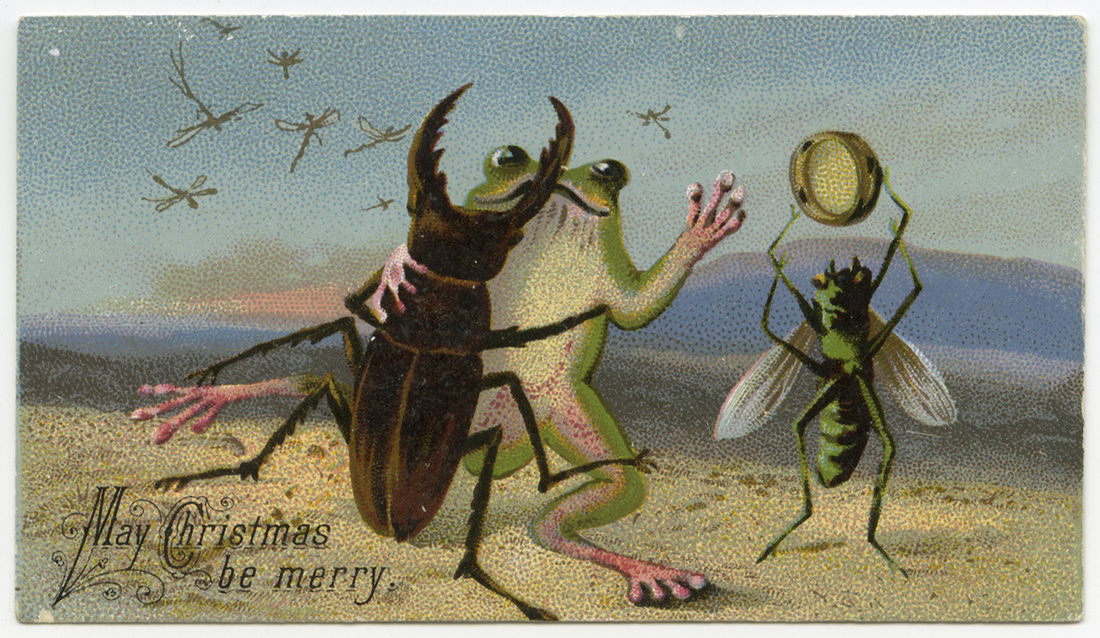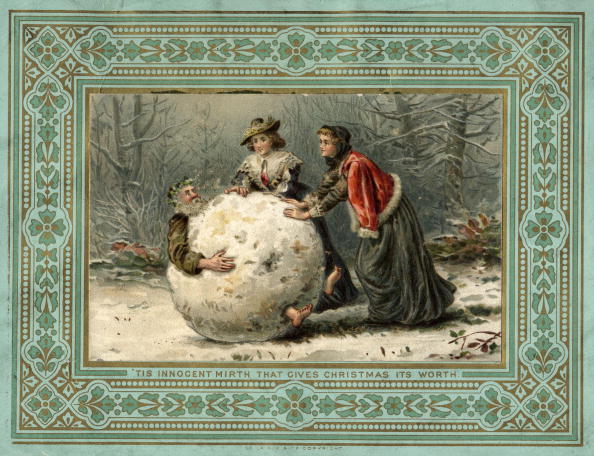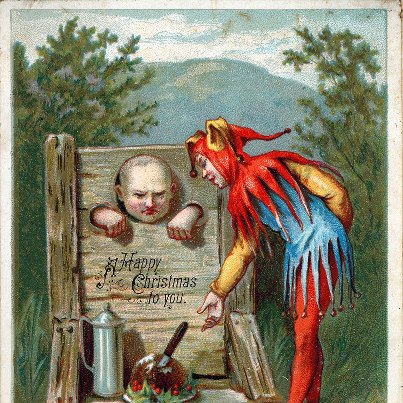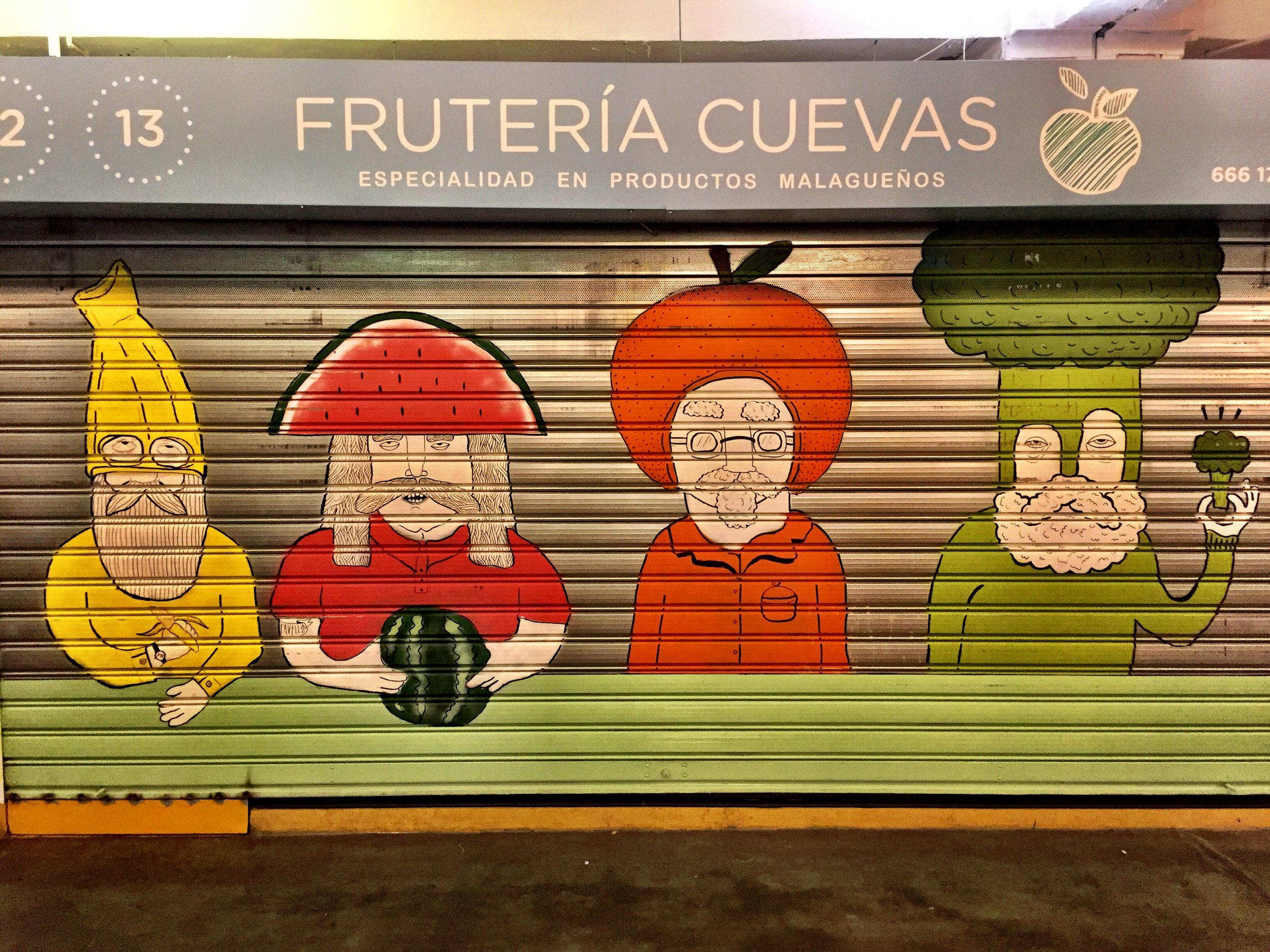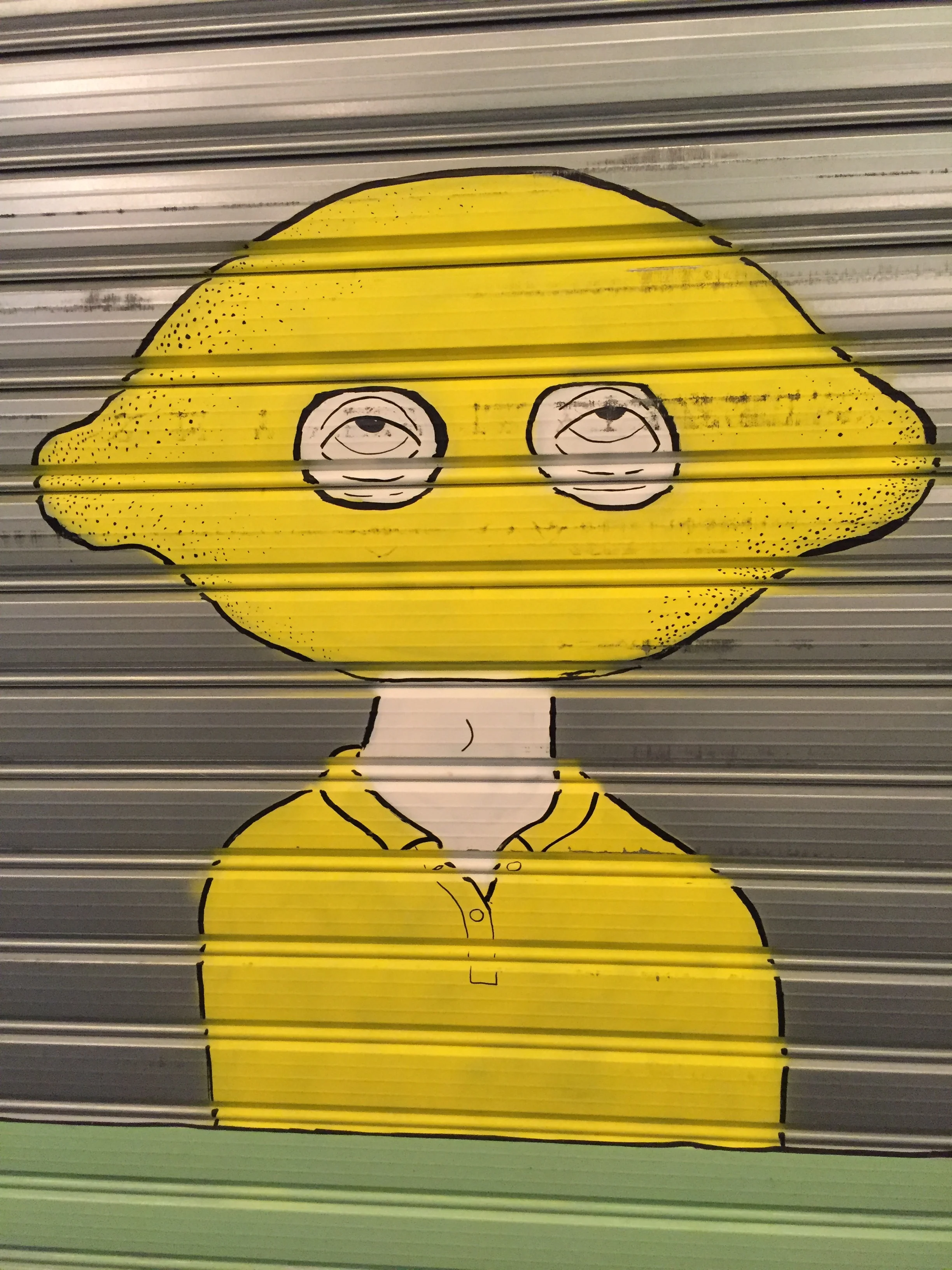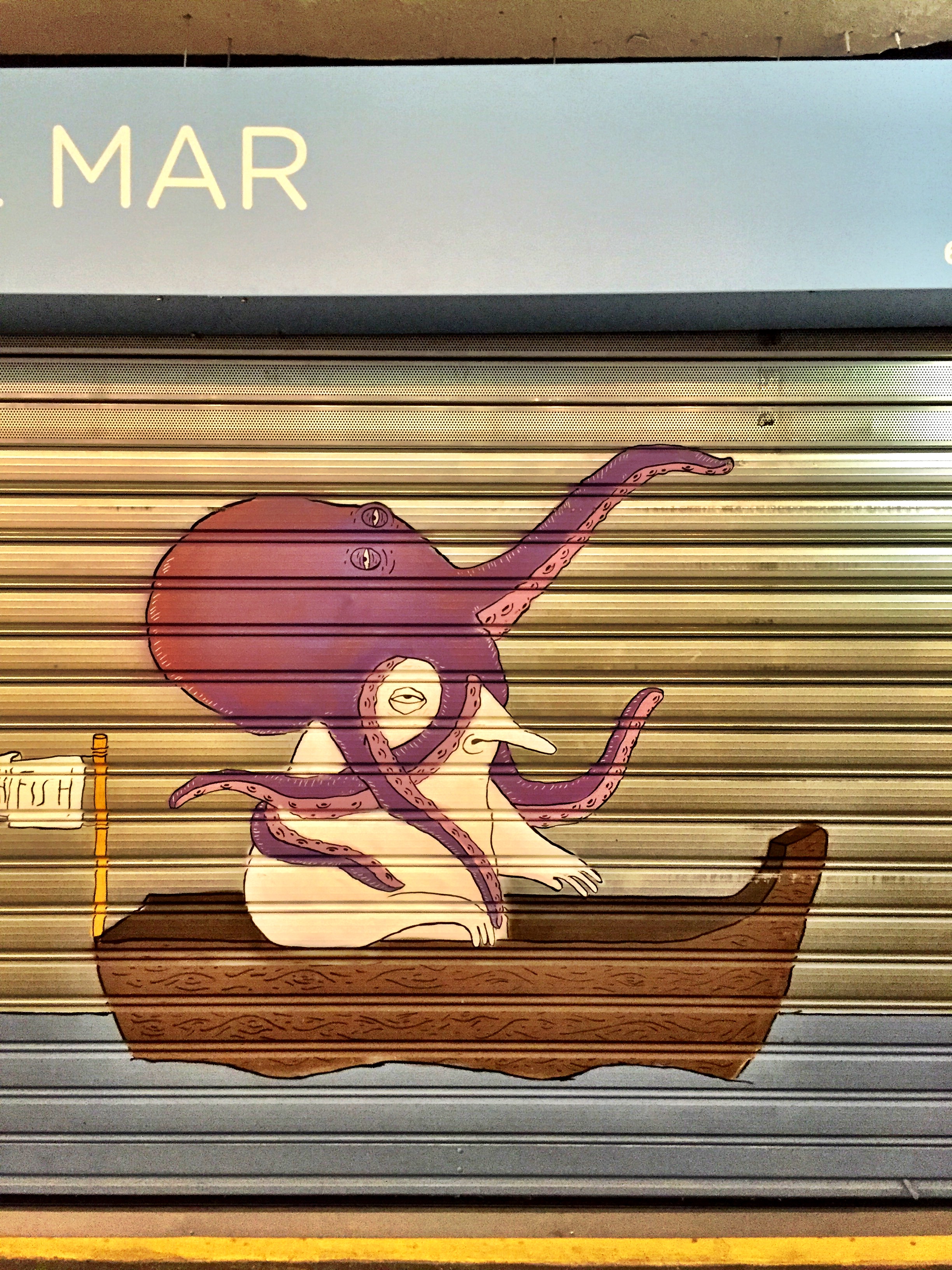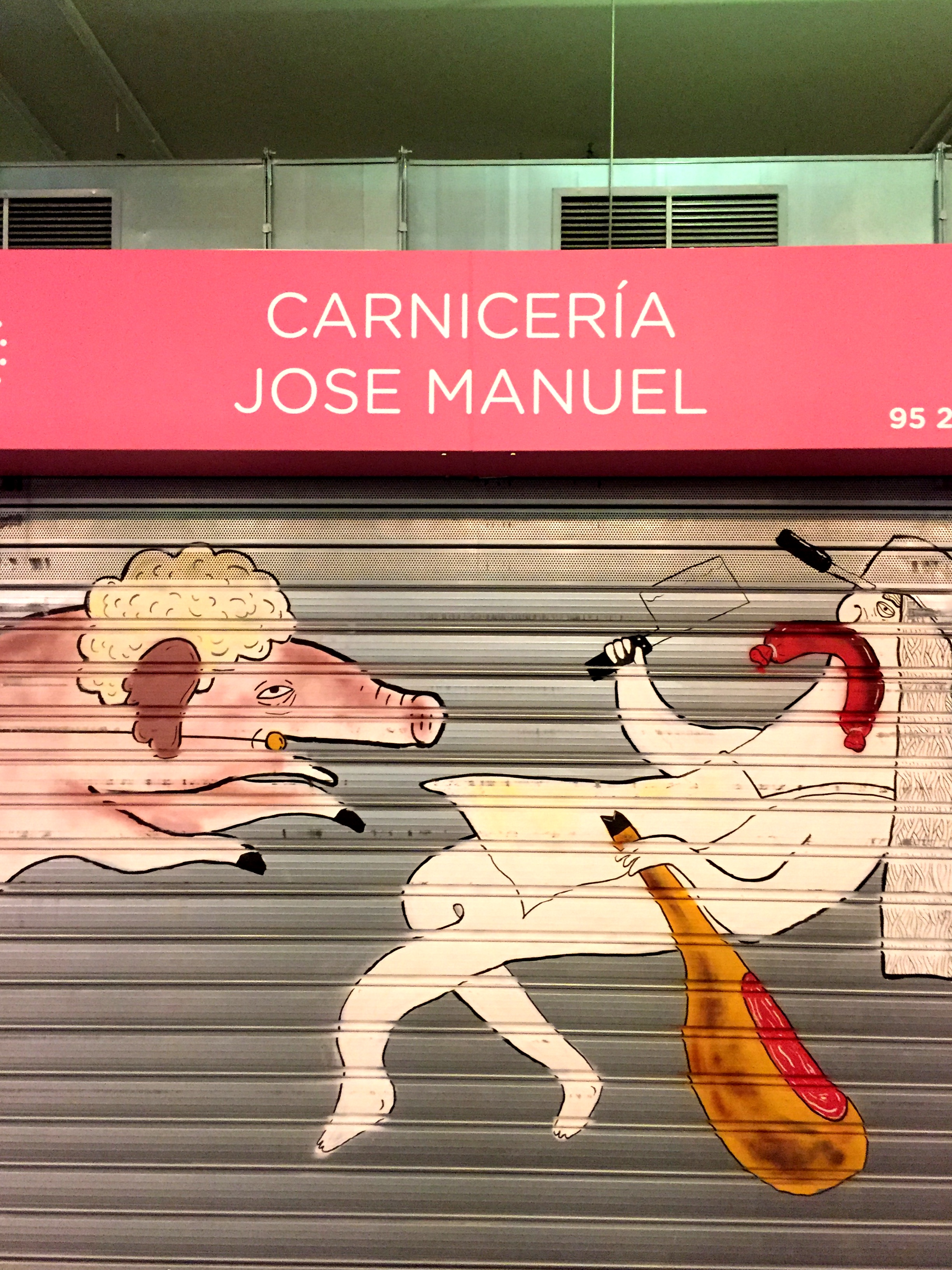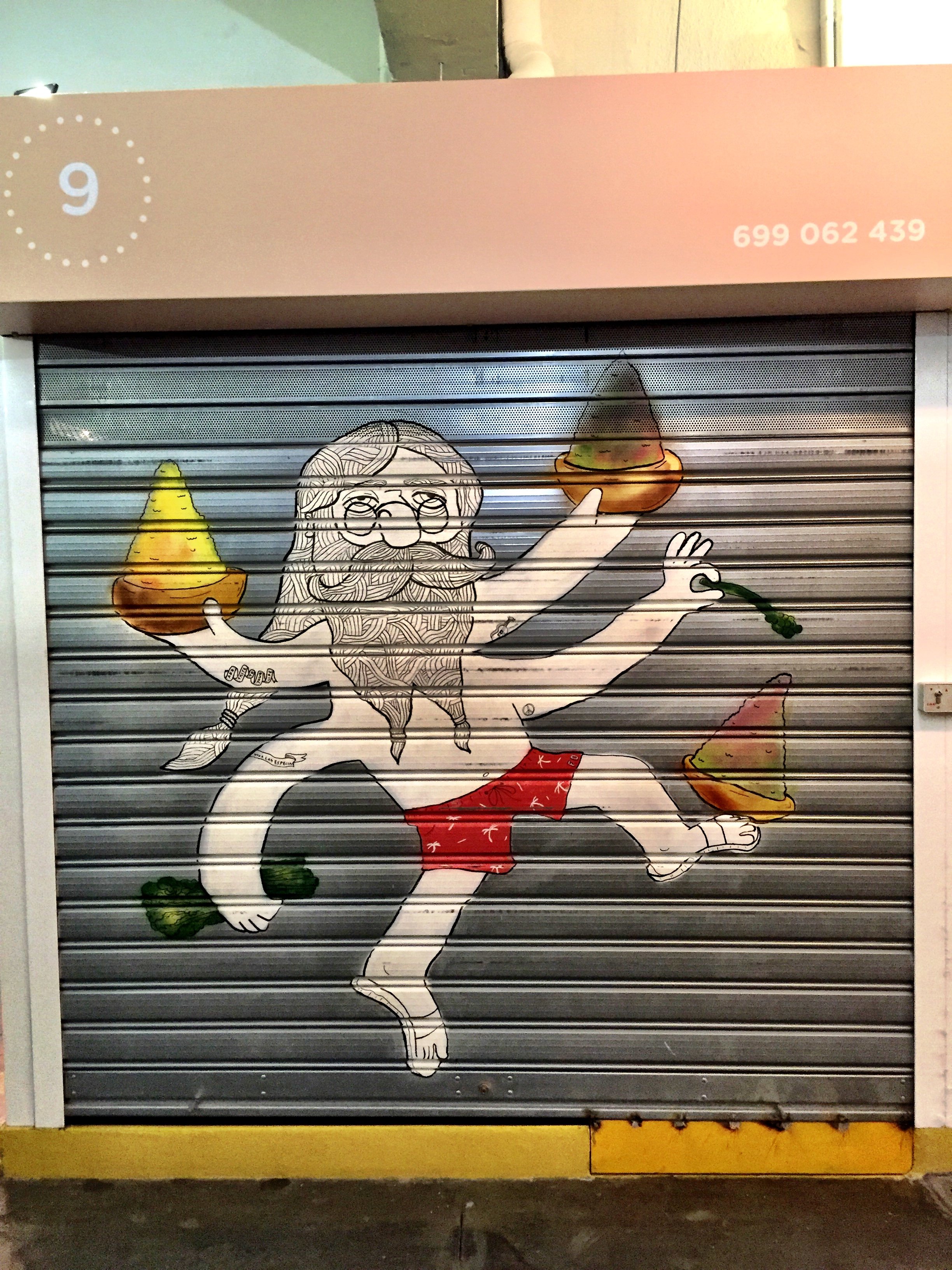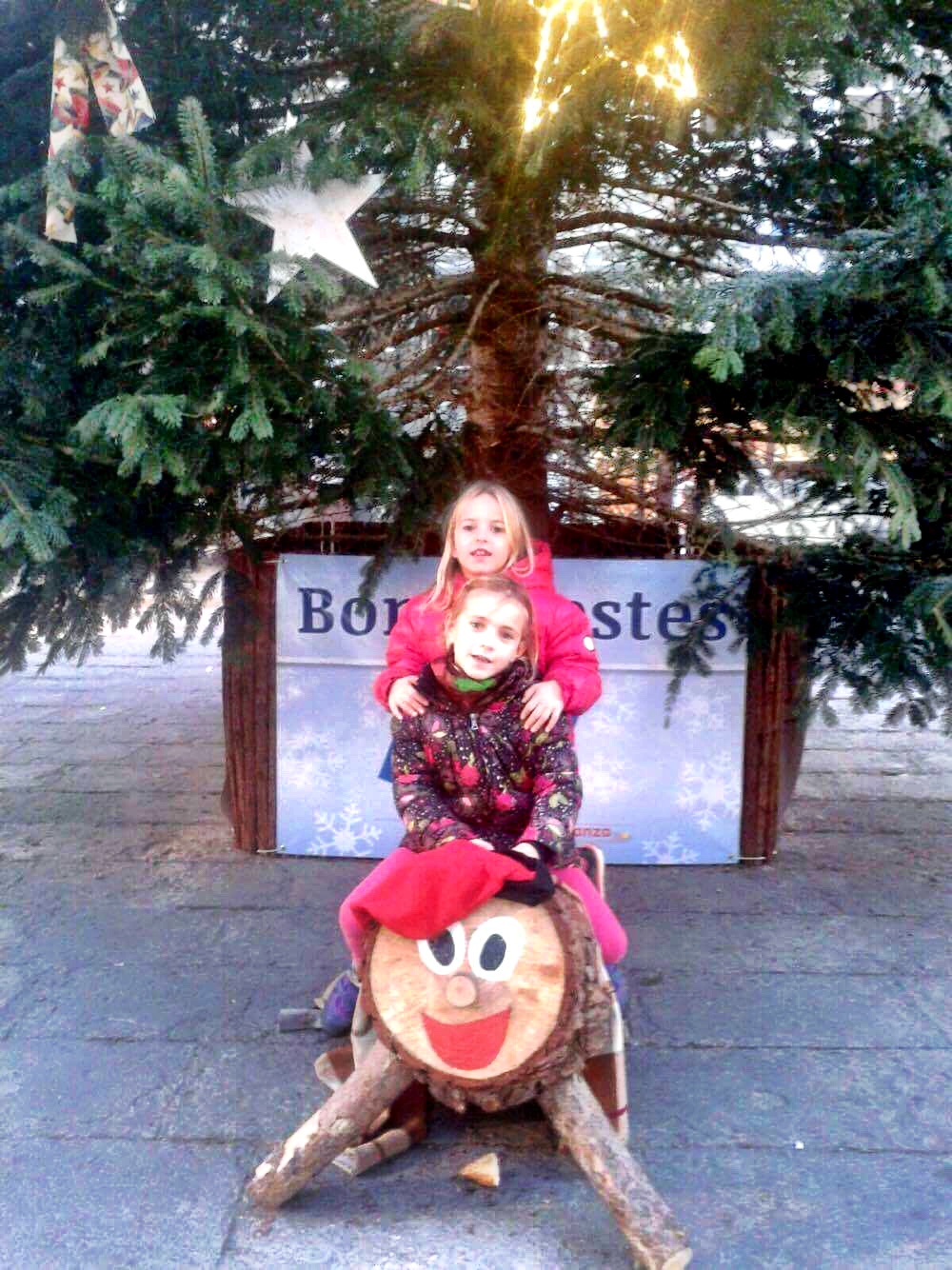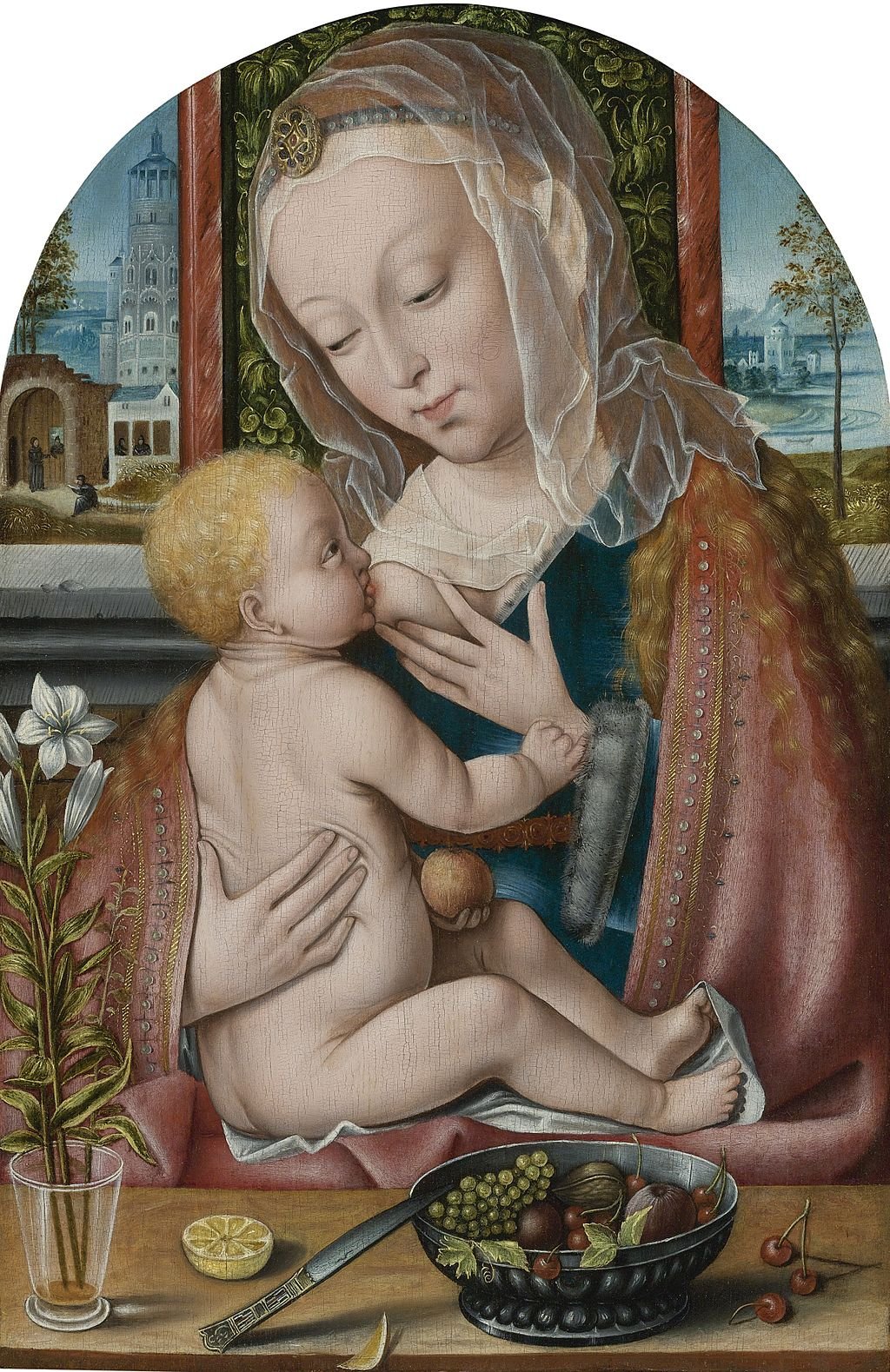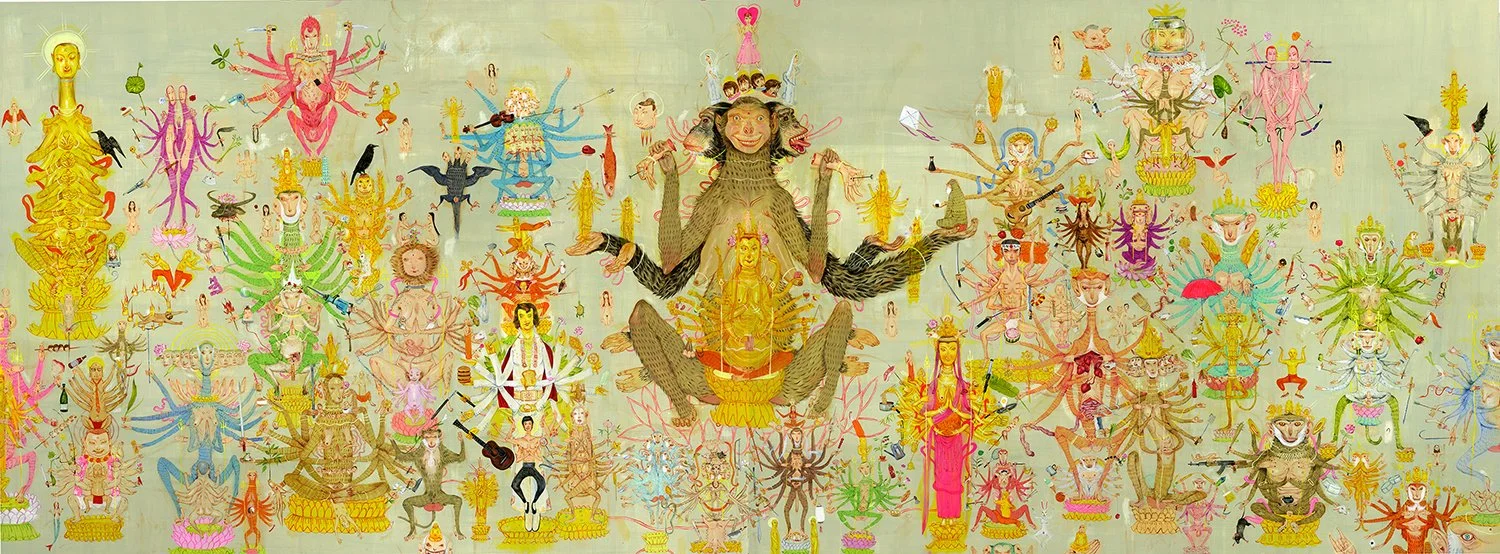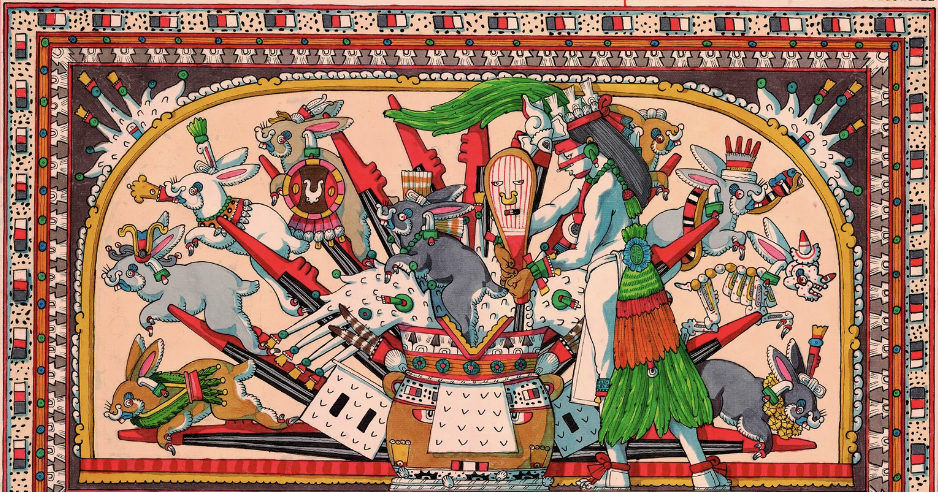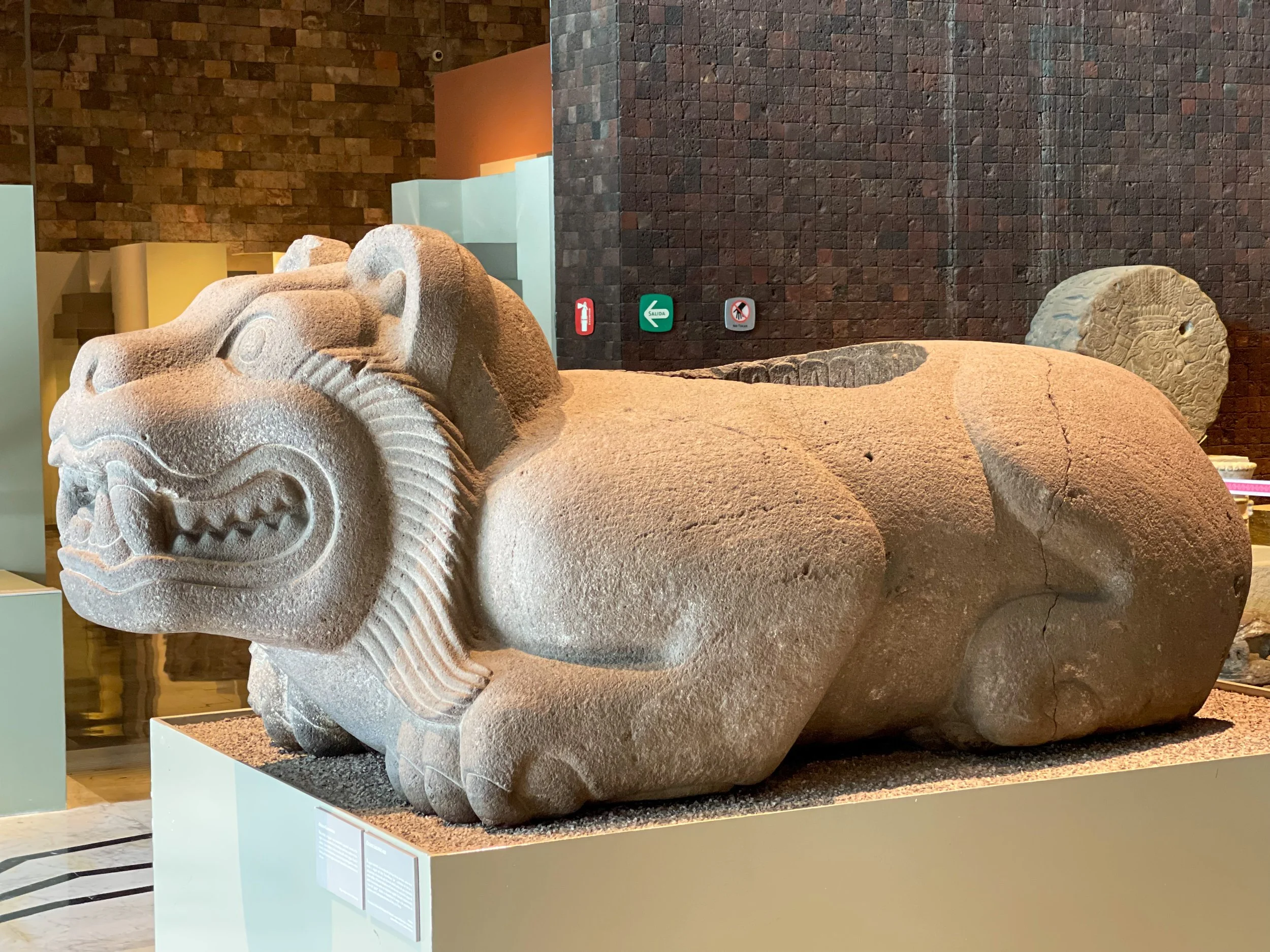In which our correspondent bravely tests Turkish steam baths around the world to let you know exactly what to expect from a hammam and which are her favorites.
Turkish-style baths, or hammams, aren’t quite like this anymore
I was a bit nervous at first. Rebecca, one of the founders of the company I work for, called me into her office. As I took my seat, I saw a blurry photo of Rebecca with a massive smile on her face and asked where it was taken. Turns out it was on an African safari as she was jostled along in the back of an open vehicle. It was one of those exuberant moments you experience while traveling that bring you joy every time you recollect it.
Once I realized we shared a passion for travel, the conversation (and those that followed) came quickly and easily.
“Except for my submission to heat, steam, merciless scrubbing and pelting cold showers, the world would never know where to obtain the cleanest, most open pores. In other words, it would be a smaller, grubbier place.”
Having just returned from a trip to Morocco, Rebecca was kind enough to write up a couple of travel essays for us. The poor dear has suffered through numerous pamperings (and intense scrub-downs) on multiple continents to educate you on what exactly to expect from a hammam experience — and to tell you her favorites. –Wally
Hammam Me
I have been to hammams in five countries. My patronage of sybaritic Turkish steam baths is not for my own enjoyment nor my need for yet more relaxation on a relaxing vacation. I once let a small, brown-skinned woman lash me with a sheaf of wet herbs while we squatted inside a pizza oven — and I paid her to do it.
I do this as a public service. Consider it my gift to humanity. Except for my submission to heat, steam, merciless scrubbing and pelting cold showers, the world would never know where to obtain the cleanest, most open pores. In other words, it would be a smaller, grubbier place.
A hammam, if you’ve never been in one, is a structure built of stone. Some are palatial — marble-lined rooms, floors, ceilings and walls — some are humble like the mud-brick pizza oven. There is a steamy heat source, maybe jets embedded in the ceiling, maybe water poured over hot bricks. You lie, naked (or with “disposable” underpants, which is as good as naked), on some stone surface which is itself warm, then hot. You close your eyes, at least in part to keep the sweat from running in them, and you wait. Maybe you doze.
Eventually, when your pores are at their most receptive, an attendant enters. (There are hammams that break the strictly unisex rule but they cater to tourists and are to be avoided just as you should avoid restaurants with pictures of the food instead of words on the menu.) The attendant has a loofah and sometimes a sponge. Attendants are large, with biceps like prizefighters and that same disapproving expression your mother had while bathing you after a tough day in the sand box. The small, brown-skinned woman was only the exception that proves the rule.
The attendant begins to scrub you with the loofah. It is a pitiless but thoroughly comforting experience. One human being performing an intimate personal service for another — again, bath time, mother and child, often with the requisite tsk-tsking.
The loofah may be followed by the sponge. Now you feel bathed rather than flayed. You skin begins to breathe again, to thank you for the detoxing.
Finally, the attendant rinses you, dipping a bowl into cooler and cooler water and pouring it over every inch of freshly excavated flesh.
That camel trek in the Atlas Mountains? A gritty puddle on the floor. That week of sunblock mixed with bug spray and safari dust? Circling the drain in a muddy swirl. All those dead skin cells unexfoliated in years of regular but admittedly perfunctory showers? Pilled up in a truly shameful way all over your body. All of it washed away, leaving nothing but new muffin tops from too much Turkish delight. You are as pink and soft as a newborn, appropriately swaddled in clean, dry towels.
Now comes the best part. The large woman hands you, somewhat literally, to another woman, smaller, lither, more nimble but with hands like a bricklayer’s, without the callouses. Let her knead your muscles but shake her hand at your peril. The massage lasts anywhere from an hour to 90 minutes, according to my research. At some point, she will have to manually turn you over when you have reached the energy level of cooked pasta.
The only possible post-hammam activity is a nap. Try to avoid sucking your thumb and curling into the fetal position.
All I have to say for this exhaustive, entirely altruistic research: You’re welcome.
Rebecca’s Hammam Superlatives
Most beautiful hammam: Istanbul, Turkey
Best towels: Cairo, Egypt (Egyptian cotton)
Best soap: Fès, Morocco (black eucalyptus)
Best scrub: Agadir, Morocco (stern Berber woman)
Best sponges: Sharm el-Sheikh, Egypt (harvested just offshore)
Best aromatherapy: Oaxaca, Mexico (herbs from the garden)
Best massage: Oaxaca
Close second: Siem Reap, Cambodia (not strictly speaking a hammam, but the whole country is so humid, you can get the effect anytime you’re outside)
Most confusing: Pizza oven





